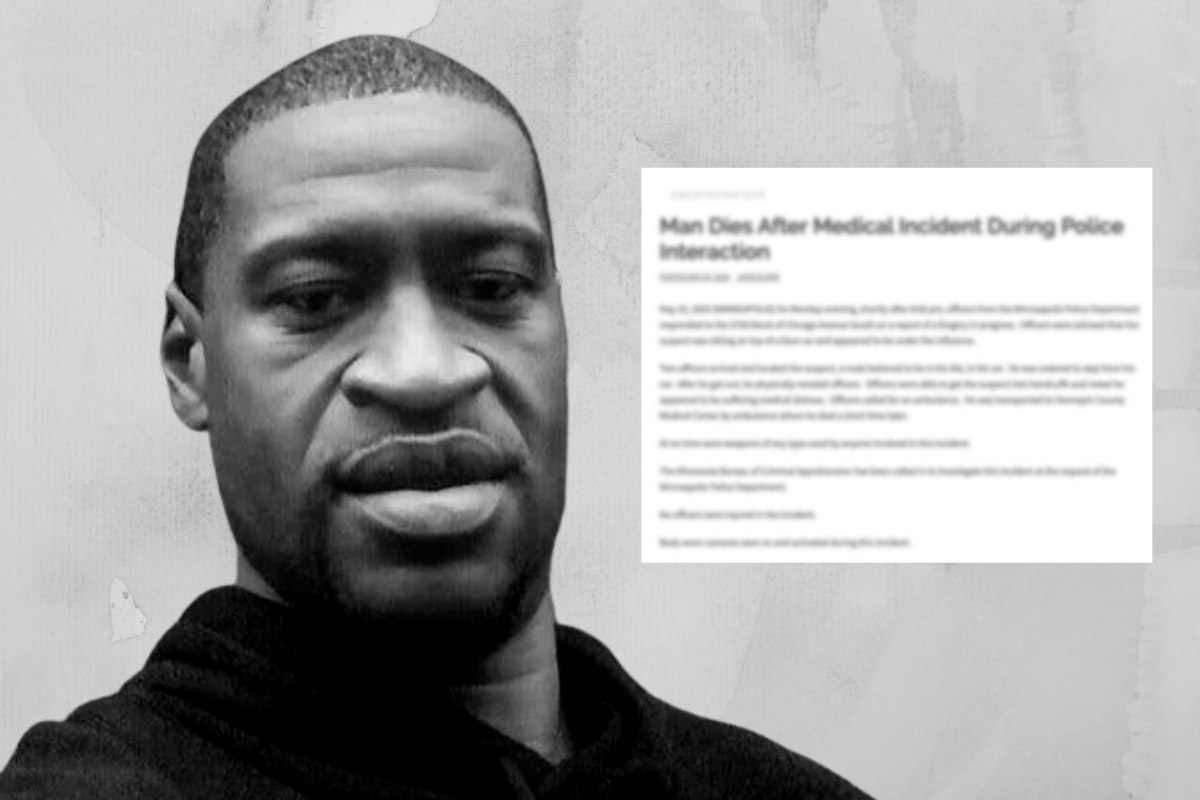
On Tuesday, in a courtroom in Minneapolis, a long-anticipated verdict was finally reached.
After deliberating for 10 hours, a jury found former Minneapolis police officer Derek Chauvin guilty of the murder of George Floyd.
Chauvin, who pleaded not guilty in the trial, was found guilty of all three charges: second-degree unintentional murder, third-degree murder and second-degree manslaughter.
After the verdict was reached, Chauvin was taken away from the courtroom in handcuffs. His bail was also revoked, meaning he will await sentencing in custody.
It was a trail that marked a "turning point" for America, Attorney Ben Crump and George Floyd's family said in a statement, following the verdict.
"Today’s verdict goes far beyond this city and has significant implications for the country and even the world," the statement read.
"Painfully earned justice has arrived for George Floyd’s family and the community here in Minneapolis, but today’s verdict goes far beyond this city and has significant implications for the country and even the world.
Listen to Black Lives Matter activist Toyin Salau speak during a BLM rally. Post continues after video.
"This case is a turning point in American history for accountability of law enforcement and sends a clear message we hope is heard clearly in every city and every state."

Top Comments